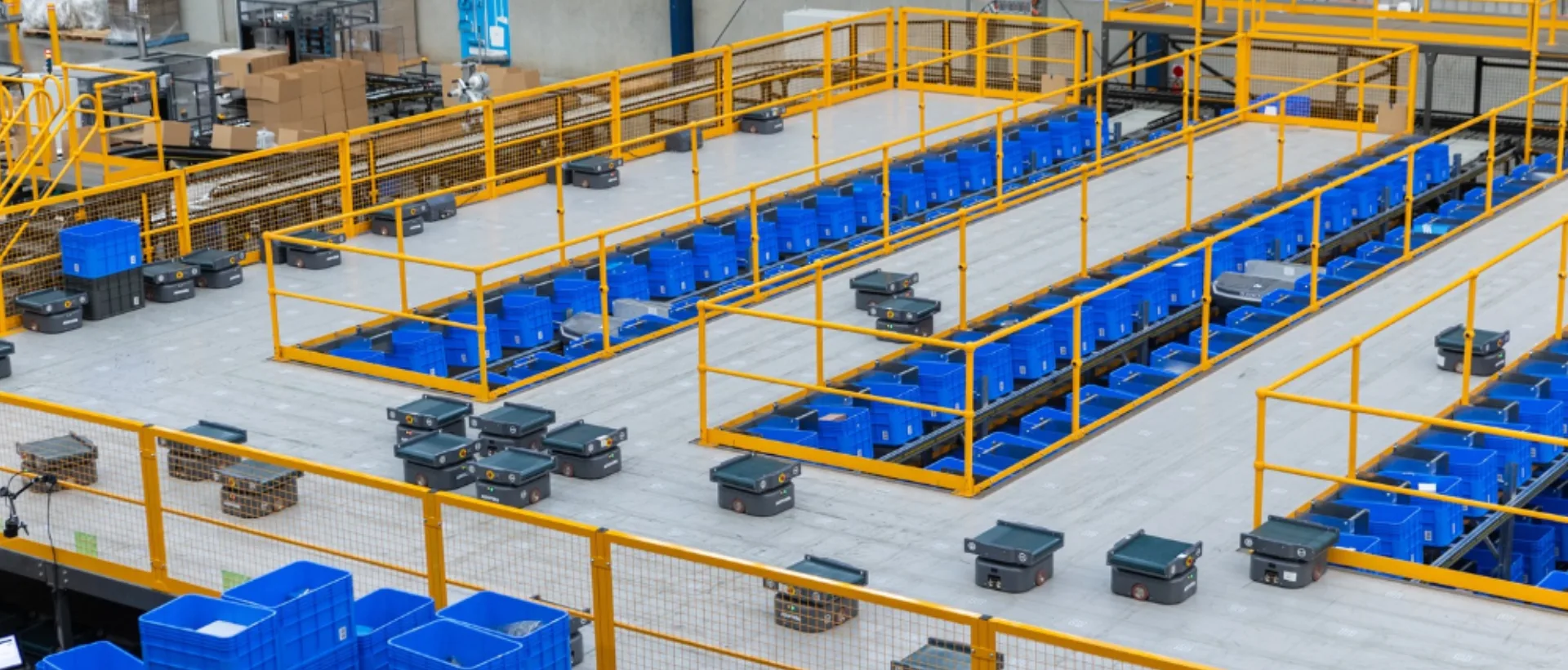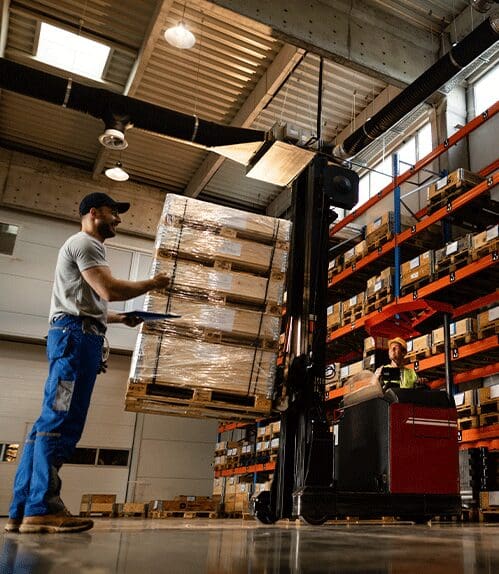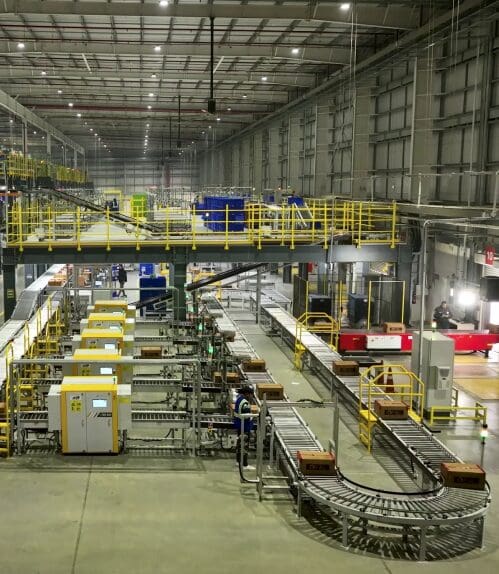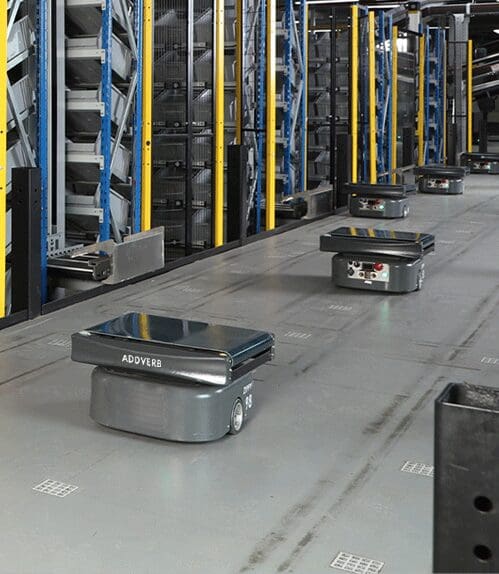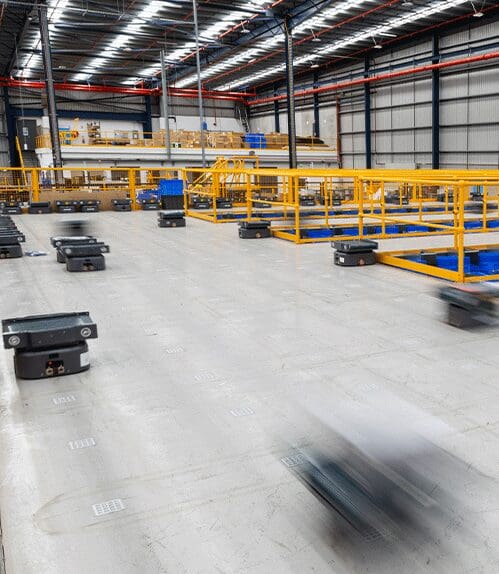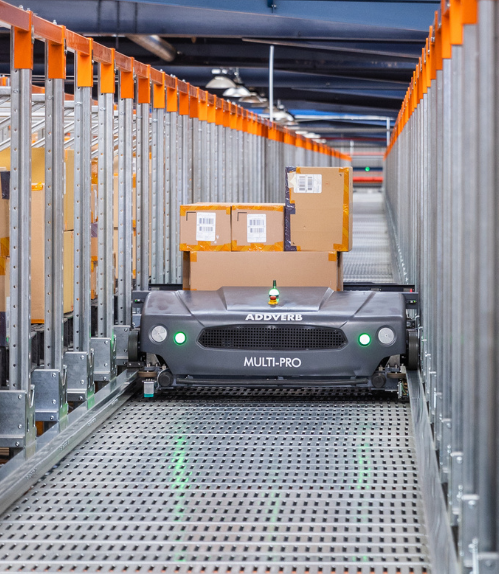Table of Contents
The global fashion industry returns are booming as this industry has embraced ecommerce like no other sector, with brands promising lightning-fast deliveries, free shipping, and easy returns has now become the standard. Usually, customers browse collections online, order multiple sizes and expect the same convenience they once found in-store, delivered right to their door.
For shoppers, returns feel effortless: try at home, keep what works and send the rest back. But behind the scenes, warehouses managing these items face an entirely different reality. Every return triggers a chain of labor intensive steps like unpacking, inspecting, repackaging, restocking and sometimes even discarding. While customers go through hassle free services, operations teams struggle with over-flowing storage zones, slowed down picking flows and increasing reverse logistics costs.

Fashion e-commerce sees nearly 1 in 3 orders returned, around 30%, far higher than electronics (7%) or home goods (10%). For warehouses, this means constant reverse flow, adding hidden costs and straining efficiency.
Logistics Challenges in Handling Fashion Industry Returns
1. Reverse Logistics Complexity
Returns are no more a simple one step process. Each product must be checked for quality, retagged, repackaged and sent back into the system. Without automation, these steps pile up into long queues causing delays in resale and occupying valuable warehouse space that could have been utilised otherwise.
2. Inventory Distortion
A returned item may sit idle for days before re-entering stock, causing inventory records to misalign with actual availability. This results in stock outs on fast-moving SKUs and excess buildup of unsellable goods, hitting both sales and cash flow.
3. Product Handling Fragility
Clothing, footwear and accessories are sensitive to creasing, staining or mishandling. Manual reprocessing increases this risk, leading to discarding and loss of resale revenue. Over time, even tiny percentages of damage can intensely dent margins.
4. Seasonal Peaks Amplify Chaos
Festive sales or end of season discounts fuel return volumes sky high. A warehouse without automation struggles to increase labor or space rapidly, resulting into piling up of backlogs, longer customer wait times and a strained workforce.
Why Fashion Leads in High Return Rates
Fashion tops return charts majorly due to size, fit and style mismatches that online shoppers can’t always judge beforehand. Adding to this, impulse purchases driven by fast fashion trends and heavy discount campaigns, makes the return volumes climb even more. Worldwide, apparel e-commerce averages a return rate of about 30%, far exceeding categories like electronics or home goods.
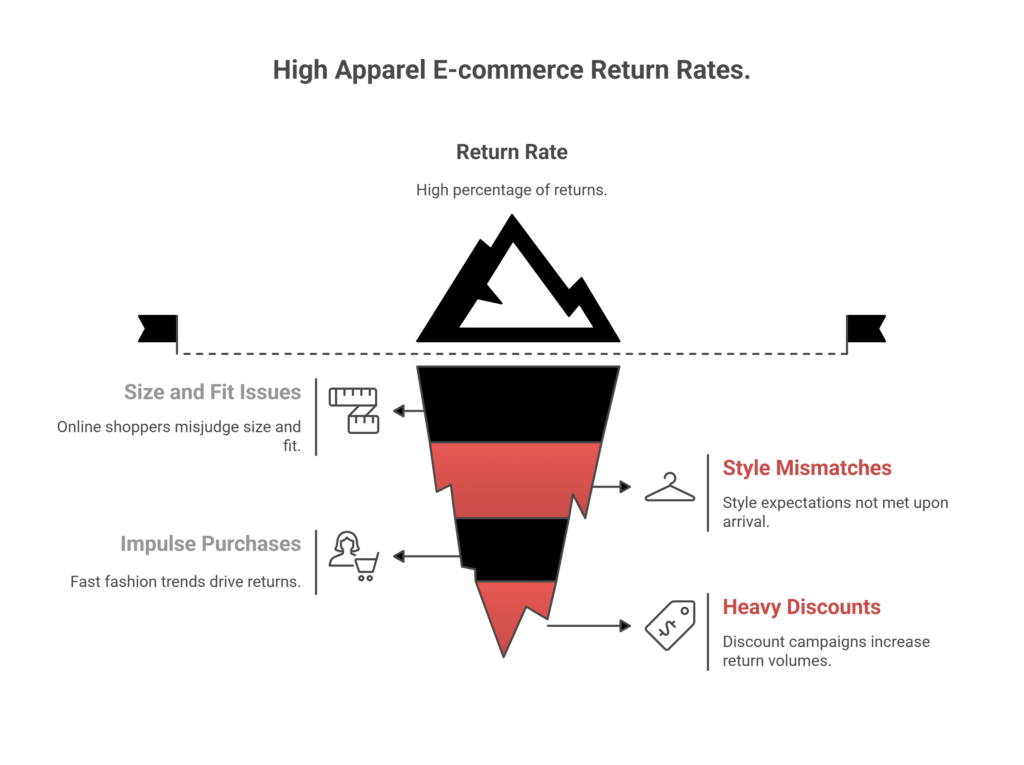
Solutions to Automate Fashion Ecommerce Returns
Efficient Sorting and Segregation
High-volume returns necessitate quick and accurate processing. Many warehouses now use robotic sorters with intelligent conveyors to mechanize item identification and routing by SKU, condition and channel, all with improved accuracy and fueling the omni-channel fulfillment and inventory flow even in seasonal peak periods.
Optimized Storage and Retrieval
To handle the surge of returned items, many warehouses adopt Automated Storage and Retrieval Systems like multilevel shuttles for deep, dense storage and carton shuttles for fast, lightweight handling. These systems save floor space, accelerate re-stocking, and ensure popular SKUs are quickly available for resale, supporting smoother inventory turnover.
Flexible Material Movement
Returns often flow through multiple touchpoints, inspection, repacking, and storage. Warehouses choose to deploy Autonomous Mobile Robots (AMRs) to streamline this movement with speed and flexibility, available in different payload variants to handle both lightweight apparel totes and heavier return loads. By reducing idle time and dependence on seasonal labor, they keep reverse logistics running smoothly even during peak volumes.
Error-Free Repacking and Reshelving
Automation in goods-to-person workflows ensures precise repacking and reshelving. By bringing items directly to operators, warehouses reduce handling errors, preserve garment quality, and accelerate return-to-stock cycles. Many facilities enhance this further with Pick-to-Light system, which guide operators visually to the correct location, boosting speed and accuracy in high-volume fashion return environments.
Real-Time Visibility and Coordination
Many warehouses are considering a unified platform such as Warehouse Execution systems to unify return flows and order fulfillments under a single platform, offering end-to-end visibility across inspection, storage, and resale. By synchronizing inventory across ecommerce, retail, and wholesale channels, they prevent overselling, reduce stockouts, and maintain accuracy even with rapid SKU turnover. This system-level coordination ensures returns are processed without disrupting ongoing fulfillment.
Success Story: Ajio’s Reverse Logistics Revamp
Ajio improved its return processes by following a workflow where items returned by customers are quickly identified, sorted and then processed through automated inspection and categorization. This is particularly important in the online fashion marketplace, as returns can eventually account for around 30% of the total number of orders. A fleet of Zippy robotic sorters were deployed that can sort items at a rate of up to 20,000 sorts per hour. The Zippy sorters allow for a continuous sorting and identifying process so that returned inventory can be sorted into resalable and not resalable items. Then, Ajio has leveraged scalability to drastically reduce the processing time and increase accuracy with a large volume of reverse logistics.
Conclusion
Fashion eCommerce returns are a hidden challenge that burdens logistics, increases expense and consumes time of the inventory management. Manual processes or localized fixes alone will never be sufficient to deal with high return rates and cyclical spikes. Automation allows warehouses to bring a more streamlined process to sorting, storage, material movement, and repacking, while increasing visibility and time into the operation. Organizations like Ajio, demonstrate that robots and smart warehouse systems integrated into an efficient fashion system not only increases speed but also fuel accuracy to enhance customer experience. Moving from once-off fixes to a cohesive and coordinated automated solution is necessary to help fashion eCommerce move returns into a scalable and profitable opportunity.

